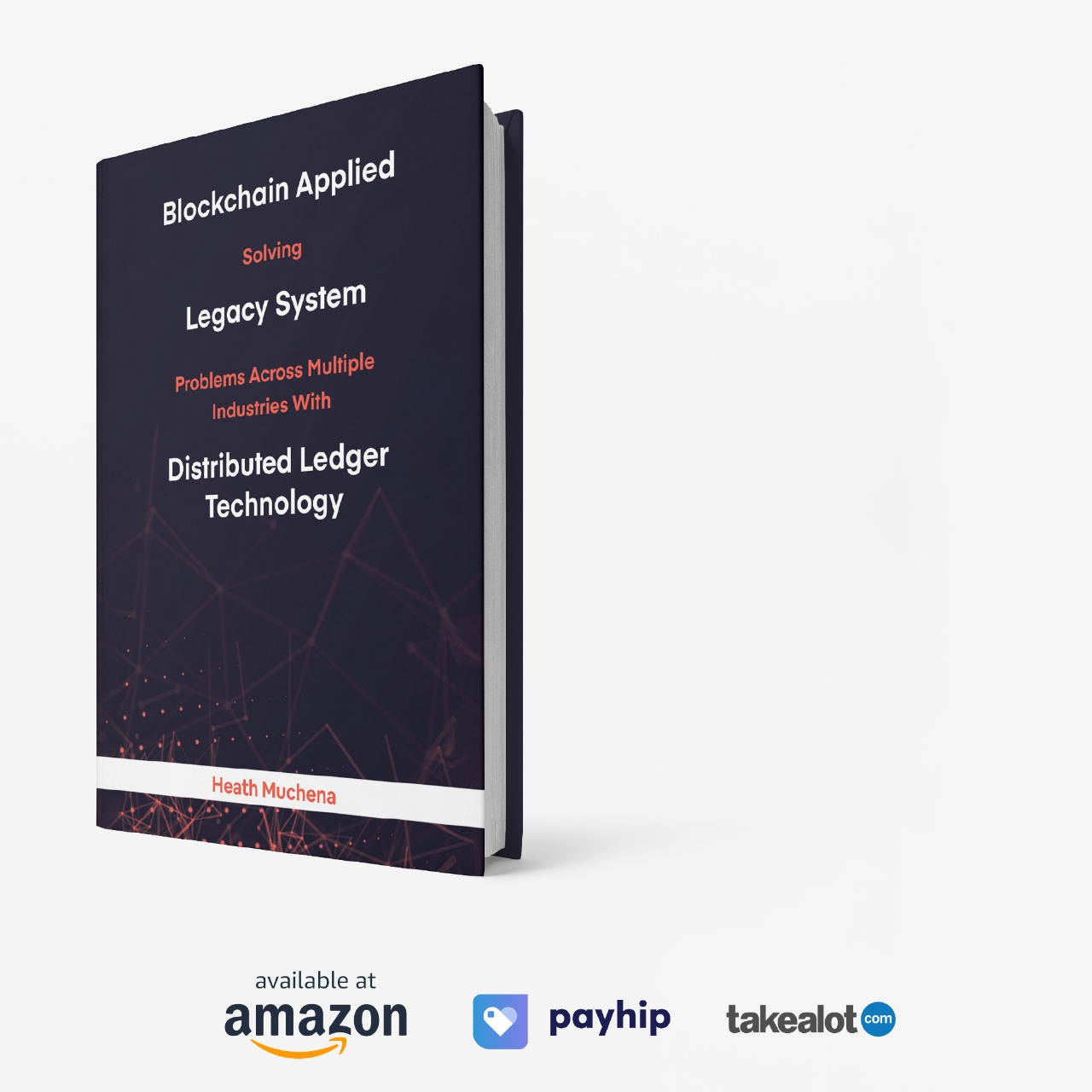
Maximizing Crypto Returns & Yield Opportunities in DeFi
Earning Passive Income in Crypto: Strategies for Using DeFi and CeFi Yield Platforms.
Interest Bearing Crypto Accounts and Earning Yield in DeFi
Decentralized Finance (DeFi) is transforming the landscape of digital investments. Unlike traditional finance, DeFi operates without central financial intermediaries, using smart contracts on blockchains, primarily Ethereum. Interest-bearing crypto accounts are a vital component of this ecosystem. They offer an avenue for crypto holders to earn passive income on their digital assets. This is especially lucrative during a bull market, where increased liquidity and rewards amplify earnings.
How Interest Bearing Crypto Accounts Work
These accounts operate by users depositing their cryptocurrency into a DeFi platform. The platform then lends these assets to borrowers who pay interest. The interest is distributed back to the lenders, i.e., the account holders. This process is automated by smart contracts, ensuring security and transparency.
Earning Yield in DeFi During a Bull Market
During a bull market, the increased trading activity and liquidity in the crypto market can lead to higher yield opportunities. Platforms may offer more attractive interest rates, bonuses, and rewards to attract capital. Additionally, the rising value of cryptocurrencies can enhance the overall return on investment.
Top Yield Platforms and Their Native Tokens
-
Yearn Finance (YFI Token): Yearn Finance automates yield-maximizing profit strategies, and its YFI token governs its decentralized ecosystem.
-
Compound (COMP Token): A well-known algorithmic, autonomous interest rate protocol where the COMP token is used for governance, allowing holders to suggest, debate, and implement changes to the protocol.
-
Aave (Aave Token): Aave is a decentralized lending system that allows users to lend, borrow, and earn interest on crypto assets without middlemen. The Aave token is central to its governance and utility.
-
Harvest Finance (FARM Token): Designed to maximize yield farming profits, Harvest Finance automates the process and its FARM token is used for governance and profit-sharing.

Key Differences Between DeFi & CeFi Yield Platforms
- Custody and Control: CeFi requires trusting a central entity, while DeFi relies on trustless, blockchain-based protocols.
- Regulatory Compliance: CeFi adheres to traditional financial regulations, whereas DeFi operates with less regulatory oversight.
- Accessibility and Usability: CeFi offers more straightforward, user-friendly platforms, while DeFi requires more technical knowledge.
- Security Risks: CeFi’s centralization presents different security risks compared to the smart contract vulnerabilities in DeFi.
- Financial Products and Interest Rates: CeFi provides more traditional financial products with potentially fixed returns, while DeFi offers innovative, market-driven financial products.
Interest-bearing crypto accounts in DeFi offer an innovative way to earn passive income on digital assets. The ability to earn yield, especially during a bull market, makes it an attractive option for crypto investors. However, it’s essential to approach with an understanding of the risks and strategies specific to the DeFi ecosystem. By leveraging platforms like Yearn Finance, Compound, Aave, and Harvest Finance, users can effectively grow their crypto holdings in a dynamic market environment.






